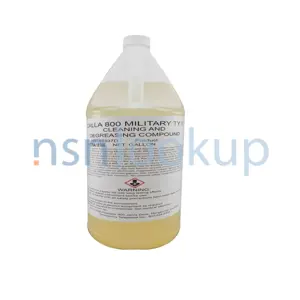 Additional Information for Boric Anhydride
Additional Information for Boric Anhydride
Boric anhydride, also known as boron trioxide or boron oxide, is a chemical compound with the formula B2O3. It is a white, glassy solid that is commonly used in various industrial applications.
Boric anhydride is primarily used as a precursor for the production of other boron compounds. It is a key ingredient in the manufacturing of borosilicate glass, which is known for its high thermal resistance and low coefficient of thermal expansion. Boric anhydride is also used in the production of ceramics, enamels, and glazes.
In addition to its use in glass and ceramics, boric anhydride is utilized as a flame retardant in various materials, including textiles, plastics, and wood. It acts as a fire suppressant by releasing water when exposed to high temperatures, thereby reducing the flammability of the material.
Furthermore, boric anhydride finds applications in the production of fertilizers, as a catalyst in organic synthesis reactions, and as a flux in metallurgy.
It is important to handle boric anhydride with care, as it can be irritating to the skin, eyes, and respiratory system. Proper safety precautions, such as wearing protective gloves and goggles, should be taken when working with this chemical compound.
Overall, boric anhydride is a versatile chemical that plays a crucial role in various industries, offering properties such as high thermal resistance, flame retardancy, and catalytic activity.
